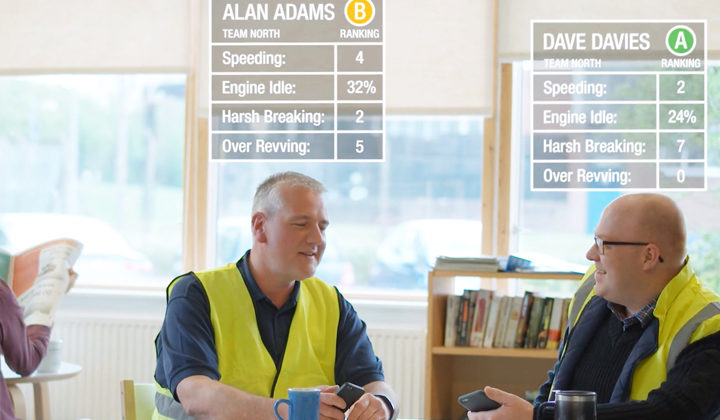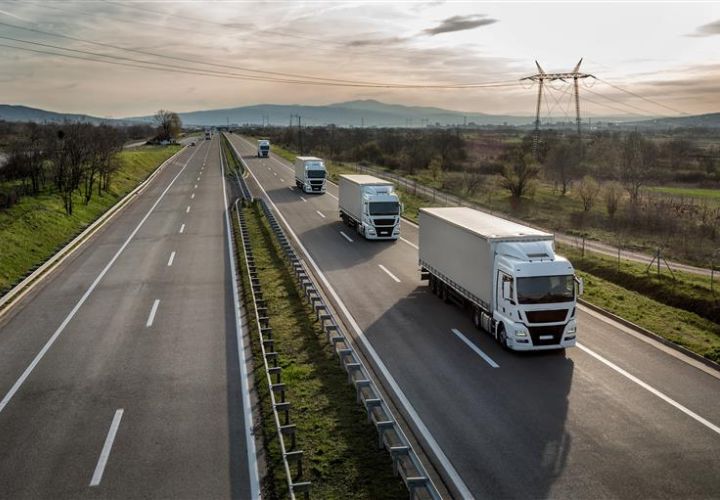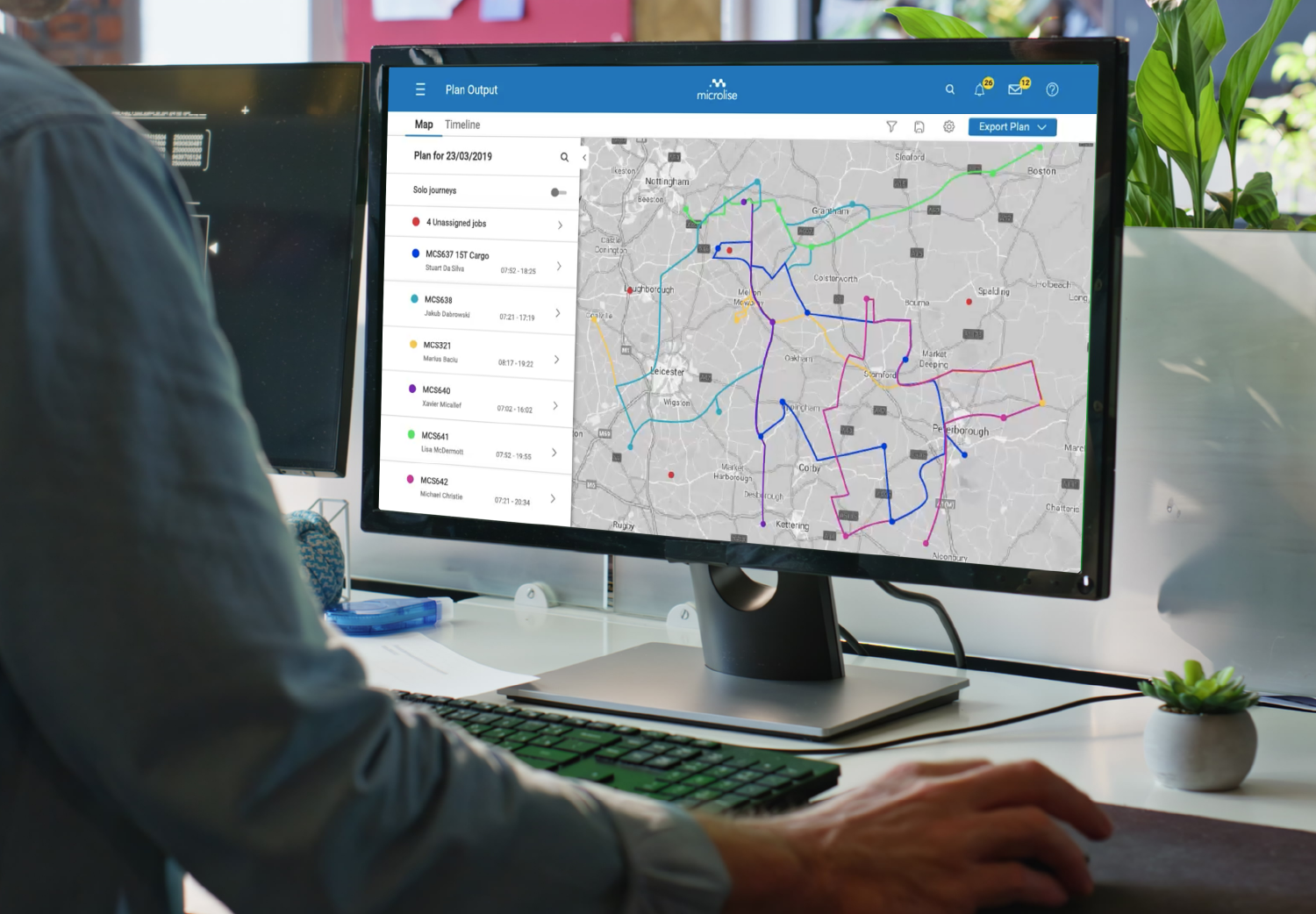Have you ever eagerly awaited a package only to see the dreaded status: “Delivery Exception”?
You’re not alone. And if you’re a retailer or logistics provider, these two words can cost you customers, revenue and reputation.
In this blog, we’ll break down what a delivery exception is, why it happens and how to tackle it head-on with practical strategies and real-world solutions.
What is a delivery exception?
A delivery exception happens when something unexpected delays a package from being delivered on time.
It doesn’t always mean the delivery has failed, but it’s a red flag that something’s gone off-course in the logistics process.
In fact, 62% of online shoppers have experienced a delivery issue in the past 12 months.
These disruptions frustrate customers and put pressure on businesses to offer swift resolutions; even when the problem lies with the courier.
How do delivery exceptions happen?
Delivery exceptions can happen at any point in the shipping journey, from customs clearance to the final mile.
They’re often due to factors outside of your direct control: think adverse weather, incorrect addresses or missed delivery windows.
But while causes may vary, the result is usually the same: delays, resulting in dissatisfied customers and more pressure on your support team.
Why delivery exceptions matter to your business
Delivery exceptions are more than just a logistical hiccup. They can:

Damage brand trust
57% of consumers won’t shop again with a retailer that uses a courier they don’t trust.

Increase support costs
Each exception often triggers a customer service interaction.

Impact retention
78% of customers expect YOU to solve the problem, regardless of who’s – or what’s – at fault.
5 common types of delivery exceptions
Let’s explore the most frequent culprits behind delivery exceptions…
1. Customs delays
When shipping internationally, improper documentation, incorrect tariff codes or restricted goods can hold up packages at customs.
It’s often preventable with the right paperwork and carrier compliance.
2. Public holidays
Couriers don’t always operate on national holidays, especially during festive seasons. And if your ETAs don’t account for these, you’ll likely face unhappy customers wondering where their order is.
3. Severe weather
Storms, snow and natural disasters can halt delivery fleets. Even if it’s sunny at the destination, upstream delays can ripple through the supply chain.
4. Damaged or illegible shipping labels
A smudged barcode or torn shipping label might seem minor, but it can seriously disrupt delivery. If scanners can’t read the label, the parcel may be misrouted, held up in a sorting facility or even returned to the sender.
This not only delays delivery but also adds costs and frustrates customers.
5. No one home
For deliveries requiring a signature, a missed drop-off because the recipient wasn’t home leads to rescheduling attempts or parcel pick-up notices. Put simply, more work for you and your team!
How to solve delivery exceptions
You can’t control the weather, but there is some good news – you can control your response. Here’s how…

Use smart delivery management software
Technology can detect exceptions in real-time, reroute deliveries and automate communication with customers.
In the UK, one logistics provider saw a 28% drop in failed deliveries after implementing AI-driven routing and live tracking.

Contact the customer immediately
Proactive communication is key. Let your customers know what’s going on, what you’re doing to fix it.
And don’t forget to provide alternatives, like local pickup points.

Offer a refund or redelivery
Sometimes, the best way to retain trust is to take the hit. Refunds or complimentary redelivery can go a long way in keeping a loyal customer.
Delivery exceptions are a fact of modern logistics, but they don’t have to be your downfall.
With the right mix of software, customer communication and a proactive approach, you can transform exceptions from brand risks into customer service opportunities.
The Microlise Approach
At Microlise, we believe in preventing exceptions before they happen. Our transport and delivery management solutions offer real-time visibility, predictive alerts and advanced analytics to keep your operations running smoothly.
So, whether it’s optimising driver routes or pre-empting delivery failures, we’re here to help you deliver better, every time.
Ready to take control of your delivery exceptions?
Discover how Microlise can support your business with smarter transport management.
Frequently asked questions
Does a delivery exception mean my package won’t be delivered?
Not necessarily. It means there’s been a delay or issue. In many cases, delivery still happens; just later than expected.
Can delivery exceptions be prevented entirely?
Some can – for example, those caused by bad data or poor labels) – others, like those caused by adverse weather, can’t. But you can minimise their impact with the right tools and communication.
Who is responsible for resolving a delivery exception?
Technically, it’s the carrier—but 78% of consumers expect the retailer to sort it out. Retailers must take ownership of the resolution process.




